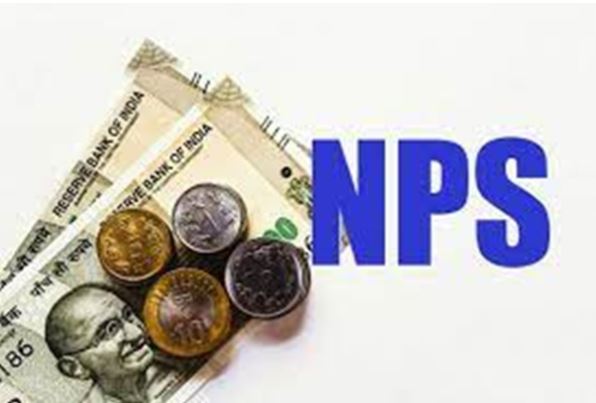We should not commit fiscal hara-kiri in the quest for populism. Otherwise it will be disastrous for the country’s growth potential and at the same time place a higher burden on our younger generation!
according to the report which was authored by SBI Group Chief Economic Adviser Soumya Kanti Ghosh.
If state governments shift back from the new pension scheme (NPS) back to the old scheme, also called PAYG (pay-as-you-go), it would be equivalent to committing a fiscal hara-kiri, a suicidal act, according to SBI Research. State governments of Rajasthan and Chhattisgarh recently announced that they are reverting to the old pension scheme fulfilling their election promises.
According to the research note from SBI, PAYG scheme is not sustainable for state’s finances even though it is always an attractive option for political parties as current aged people can benefit from the old scheme even though they may not have contributed to the pension kitty.
We should not commit fiscal hara-kiri in the quest for populism. Otherwise it will be disastrous for the country’s growth potential and at the same time place a higher burden on our younger generation!” according to the report which was authored by SBI Group Chief Economic Adviser Soumya Kanti Ghosh.
Old pension scheme vs the new: problem of fiscal burden, ageing population
The PAYG scheme was in vogue in most countries prior to the 1990s, but was discontinued given the problem of pension debt sustainability, an ageing population, explicit burden on future generation and the incentive for early retirement, the report said. The PAYG scheme thus had no accumulated funds and or stock of savings for pension obligations and hence was a clear fiscal burden, it added.
According to data from NPS Trust, there are 55.44 lakh contributing state-level employees as of Feb 2022. If we assume that all states migrate to the old scheme, the current present value of the implicit pension liabilities is around 13% of GDP, discounted by the current G-sec yield of 40 years, according to SBI note. This is assuming an entry level age of 28 years, with a 5% inflation indexation.
The report also mentioned that when the population is young, the government can offer generous benefits to them, however when the same population gets old it adds to their pension debt. As per India’s demographic profile, the ageing index and old-age dependency ratio is expected to rise.
The Aging index is likely to reach 76 by 2036 from the current value of 40 while the old-age dependency ratio is to touch 23% by 2036 from the current level of 16%. This means it will add burden on the working-age population and is thus unfair to the younger generation.
Populism and old pension scheme
Pension reforms started in the country in 1999. By 2004, all states, with an exception of West Bengal and Tamil Nadu, moved to the new pension scheme on a voluntary basis. As pointed out by 5th Pay Commission, there were concerns regarding sustainability of the pension liability at the state level with the old pension scheme.
According to the SBI report, trends in the pension liability of the state governments over the long run shows a very sharp increase. The CAGR in pension liabilities for the 12 year period ended FY22 was at 34%, it added.
Over the years, several political parties in states including Andhra Pradesh, Uttar Pradesh and Madhya Pradesh have promised to do away with the new national pension scheme.
Under the PAYG scheme, contributions of the current generation of workers were used to pay the pensions of current pensioners. Therefore under the old scheme, direct transfer of resources from current tax payers was used to fund the pensioners.
Under the NPS, according to the Budget 2022 proposal, the employer’s contribution for both central government employees and state government employees will be 14 per cent of salary while employees will commit 10 per cent to it.






